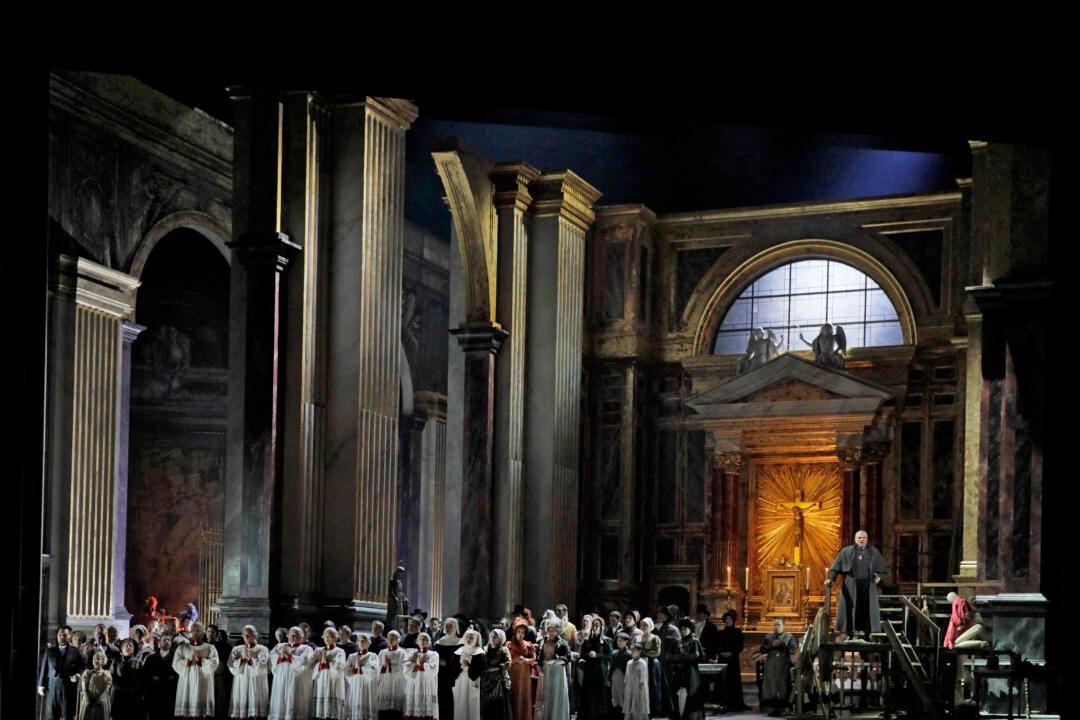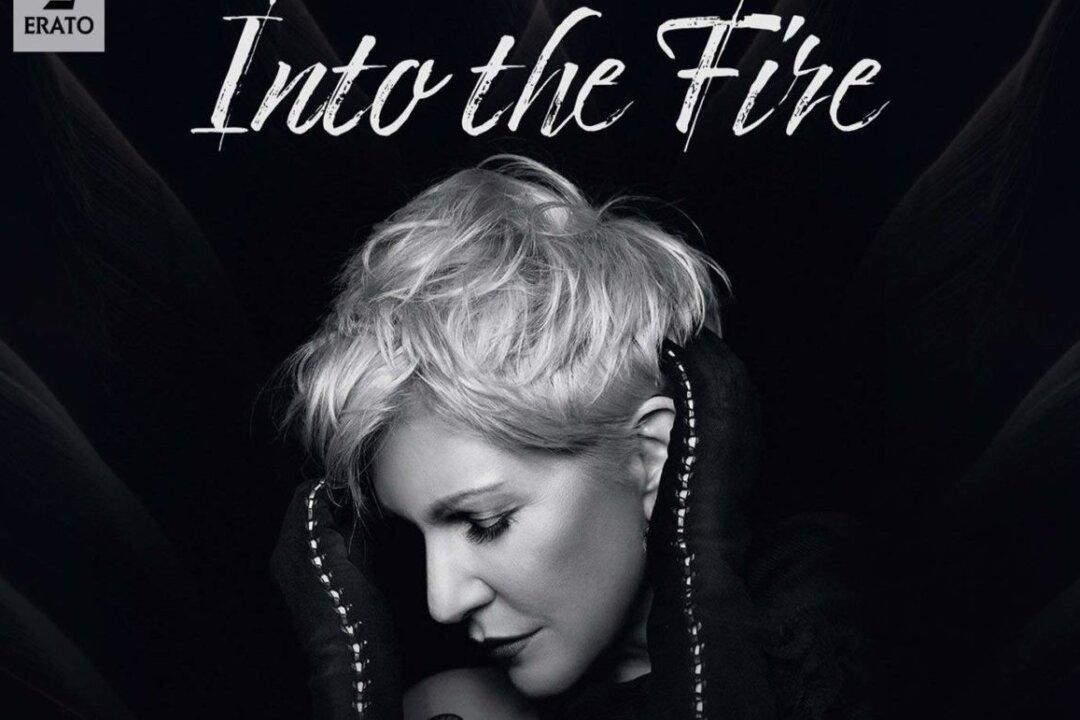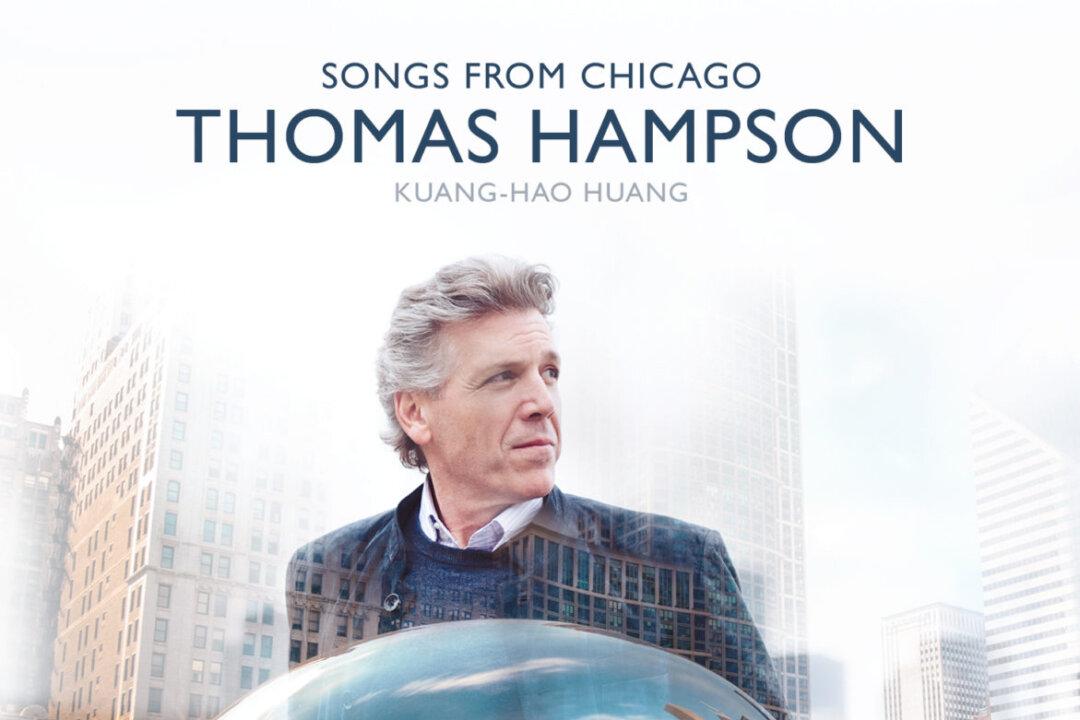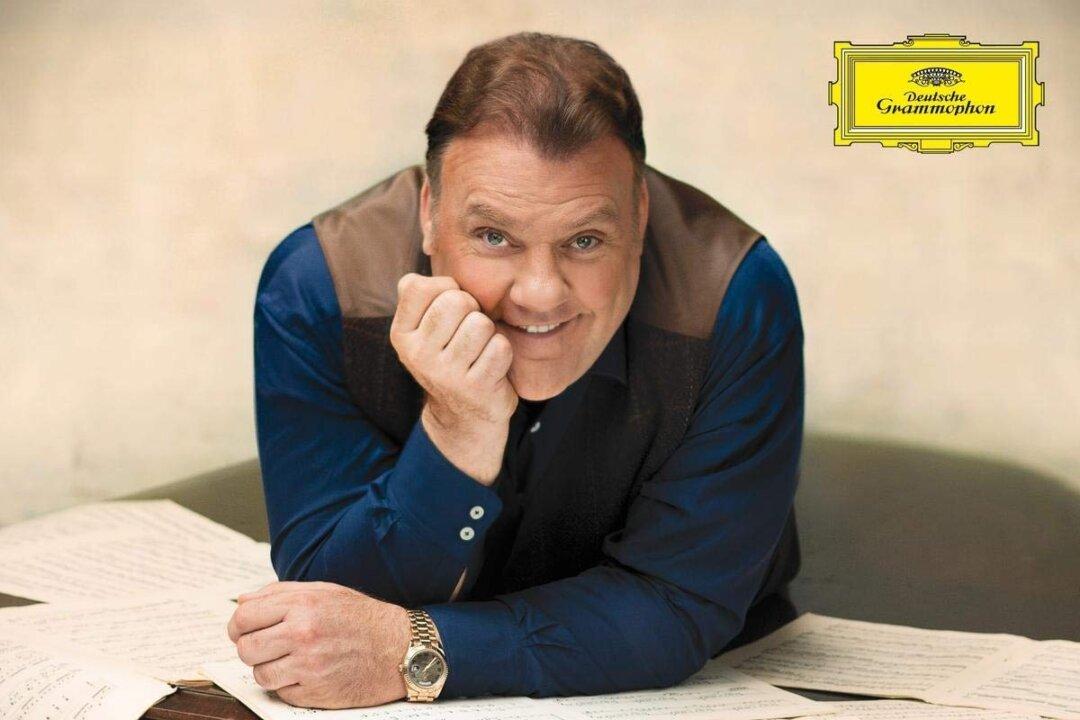NEW YORK—Based on Victorien Sardou’s play, a vehicle for Sarah Bernhardt, Giacomo Puccini’s “Tosca” is a melodrama of romantic obsession, political intrigue, and religious themes. The Metropolitan Opera’s production has had its own upheavals, but ultimately the company presented an evening that was dramatically and musically exciting.
For years, the Met used the popular production designed by Franco Zeffirelli. In 2009, this was replaced by Luc Bondy’s edgier version, which was booed at its premiere—a rare event.






